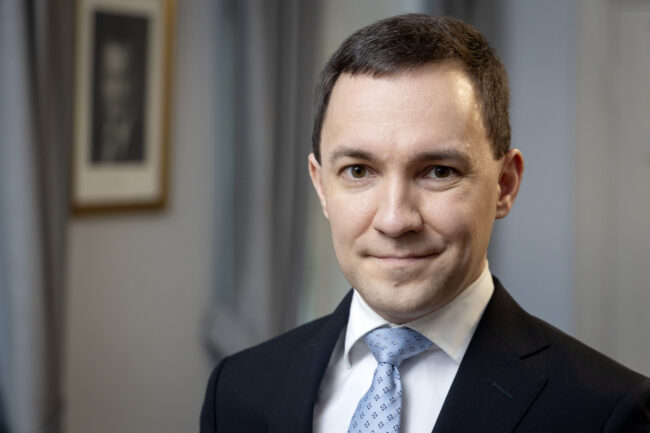More than a quarter of Finland’s population—nearly 1.3 million people—already live in the Helsinki metropolitan area. The region’s share of jobs is even larger compared to its population, as is its contribution to Finland’s GDP. The Helsinki metropolitan area, and the broader Helsinki region, serve as key drivers of the Finnish economy. This is why it is crucial that the region’s unique characteristics are recognized in national policymaking and that cities in the area work closely together. Land use, housing, and transportation solutions are regional matters, but cities also share common interests in many other policy areas.
A vibrant Helsinki metropolitan area offers attractive investment opportunities for businesses, leading to new jobs and increased tax revenues for cities. The region does not compete for skilled labor or investments primarily with the rest of Finland, but rather with other major European cities. International House Helsinki, which provides services to skilled professionals moving to Finland, is an excellent example of collaboration between cities and authorities.
In national politics, the distinct characteristics of the Helsinki metropolitan area are still not always acknowledged.
In national politics, the distinct characteristics of the Helsinki metropolitan area are still not always acknowledged. More people pass through Helsinki’s central railway station every day than the entire population of Turku. The proportion of foreign-language speakers in the region has already exceeded 20%, while in Tampere, the figure is less than 10%. Whether it is about transportation solutions or immigrant integration, a one-size-fits-all approach does not work for the whole country. That is why strong joint advocacy is needed.
A thriving Helsinki metropolitan area allows each city to leverage its own strengths while engaging in close inter-city cooperation that benefits everyone. This collaboration must also include the state. For example, the state currently contributes only about 17% to Helsinki region’s transport infrastructure investments, whereas in Stockholm, the corresponding share is 66%. An attractive business environment requires a well-functioning transportation infrastructure. At the same time, we must ensure there is enough skilled and educated labor, affordable housing for workers, and efficient services to support everyday life.
According to a study published last autumn by the Research Institute of the Finnish Economy (ETLA), international talent in Finland particularly values the high level of education, quality of life, and family-friendly society. These cornerstones of the Nordic welfare model must be safeguarded in the future as well. A safe and well-functioning society is attractive to both investors and skilled professionals.
This article was translated with an AI. Please find the original text from here.




